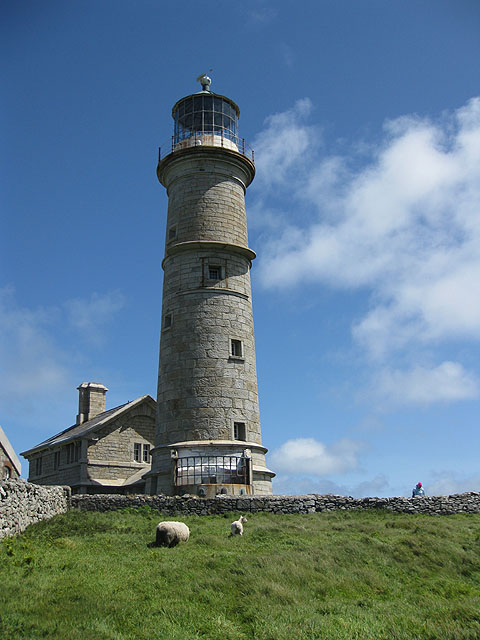It was in 1957 that I decided I wanted to be a lighthouse keeper and well remember leaving The Lizard on the Western National bus which for me was an epic journey to Harwich, up on the east coast.
Hard to believe now, but there was a railway station at Helston which ran a service to Gwinear Road, where passengers could get the main line service from Penzance to Paddington. Some nine hours later I arrived in the capital, then underground to Liverpool Street, where I was confronted by the rush hour. What a terrifying experience.
A few hours later I arrived at the Trinity House depot in Harwich, tired and feeling positively filthy from my journey in those steam locomotive carriages. Harwich was the training establishment for all new recruits and during the four weeks training we became self-sufficient in the arts of cooking, baking, washing, ironing, first aid, rope work and principles of the then paraffin light.
At the end of the month, the eight recruits split up and were assigned to certain land lights for more specific training. I was sent to Nash Point in Glamorgan, South Wales, for mechanical management of the powerful Hornsby piston engines, which were the work horses of the foghorn system.
A month quickly passed before more training, this time at Start Point in South Devon, where I learnt semaphore signals and how to use the radio telephone equipment which would come into play when stationed on a rock lighthouse, and was used three times a day sending in weather reports.
It had now been two months since I left The Lizard. Mum was getting anxious, bless her, surely I must be due for some leave soon. Not a bit of it.
Lundy Island was my next assignment. This however was the real thing. A time to coordinate the past two months training and put it into practice on this lovely romantic island, eleven miles off the North Devon coast. Lundy is rather high, three miles in length by half a mile wide, with a population, then, of about fourteen, but swelling in summer by tourists.
The original lighthouse, now a bird observatory, was a very tall structure, built on the centre of the island, but within a short while became a white elephant, being so high from sea level, the light became extinct during the slightest mist or low cloud and was finally replaced by two smaller towered lights, one at each end of the island and nestling in the cliffs. This is a lovely place to visit having peace, tranquillity and the magic of a small island. Lundy’s emblem is the Puffin and during those days, some four hundred pairs were breeding on the slopes of the northern end. However, since then a serious decline has taken place due to the influence of rats that swam ashore from wrecks and gradually colonized the area.
After two wonderful months on Lundy, I was finally allowed to leave and wasn’t it lovely to see The Lizard again after four long months.
by Edwin Carter

Lundy Island (Old Light) Lighthouse


